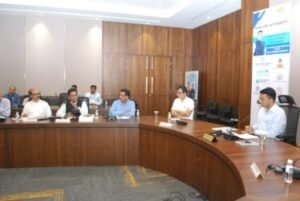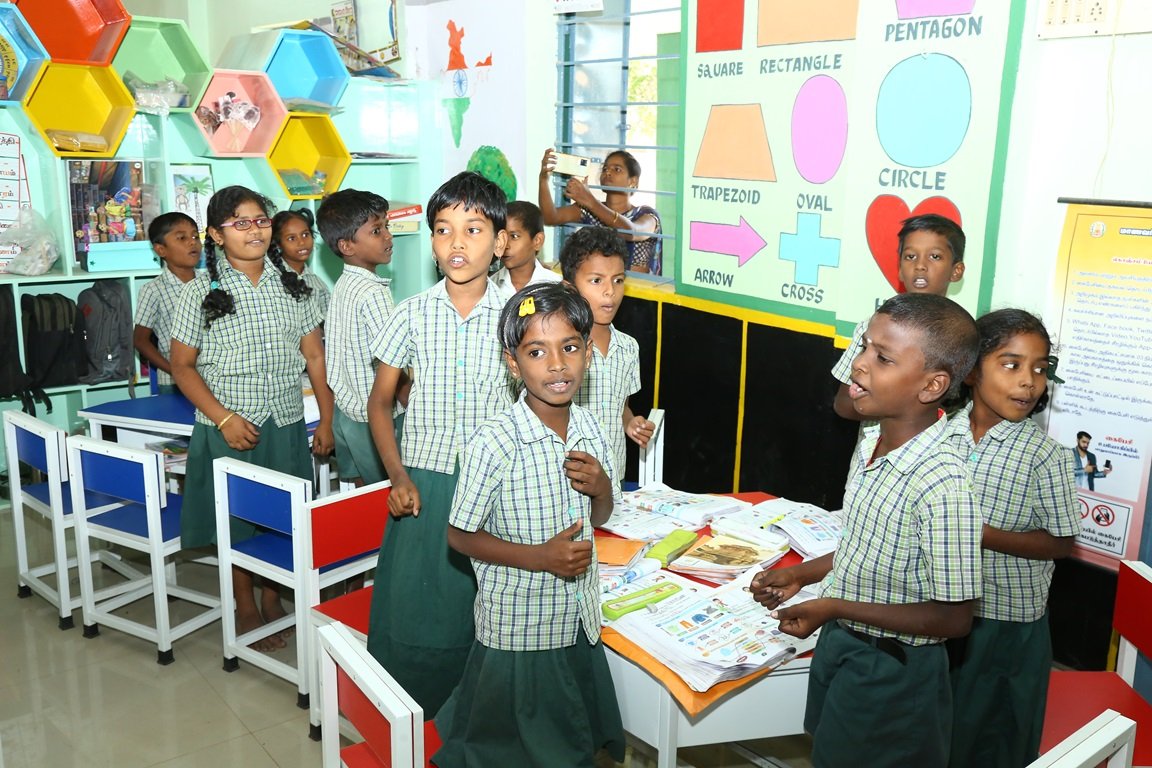WATER TECHNOLOGY
A NEW DESALINATION METHOD OFFERS LOW-COST ALTERNATIVE TO PURIFY SALTY WATER
Providing safer drinking water to those in need may become a little easier as Penn State researchers have developed a new desalination technique that removes salt from water using less energy than previous methods. The “battery electrode deionisation” method improves upon previous techniques by avoiding a regeneration step by alternating the direction of the electrical current. Thus, instead of using 1.2 volts, researchers switched between -0.6 and 0.6 volts to get the same result. “Globally, there is reduced access to fresh water,” said one of the researchers Bruce Logan, Professor at Pennsylvania State University in the US. “More and more, the waters that are being used are impaired, either due to salt or other contaminants, so we are seeing an increasing need to rely on less optimal water sources,” he added. Therefore, with an aim to combat this problem, Logan and his colleagues came up with a desalination method called battery electrode deionisation (BDI). BDI improves upon standard capacitive deionization (CDI) techniques by eliminating the regeneration stage and lowering the voltage required to complete the process.
HOW STANDARD CDI TECHNIQUES WORKS
Standard CDI techniques desalinate water by separating the water’s ions. A typical CDI cell consists of two electrodes attached on opposite sides of a flow channel. The electrodes capture the salt ions through electrical exchanges that occur when an electrical current is applied to the cell. The cell is then regenerated by releasing the salt ions in a second cycle by alternating the direction of the applied electrical current. Since CDI does not require membranes and has lower energy requirements than other popular methods, it is becoming a competitive technology for removing salt from water. But the problem with CDI systems is that they are limited by low salt adsorption when using the typically applied 1.2 volts. Increasing the applied voltage does improve the salt adsorption, but it also increases the potential for unintended side reactions that waste energy and can create permanent electrode corrosion.
HOW THIS EXPERIMENT SOLVES THE PROBLEM
But, in the team’s newly developed BDI system, a custom-built flow cell utilizes two channels. The channels are separated by a membrane and two identical battery electrodes are secured at each end. To test the cell’s effectiveness, the team fed each channel with a salty solution at a specified flow rate while applying a constant electrical current to the cell. Several current densities were used, depending on the number of membrane stacks. The researchers then reversed the cell voltage flow when it reached a low of ?0.6 volts or a high of +0.6 volts. The team discovered that the BDI system effectively removed the salt at levels consistent with CDI, while using only an applied voltage of 0.6 volts. Furthermore, the low voltage required and materials used helped prevent unwanted side reactions, achieved greater desalination abilities and consumed less energy than traditional CDI. Since the team created simultaneous production of desalinated and concentrated water in two channels, it also circumvented the two-cycle approach, so the system no longer needs to go through the regeneration stage. Additionally, they found that stacking additional membranes between electrodes reduced energy consumption even further.
“Other people have talked about capturing energy from the second CDI cycle, but it’s really hard to do, and, therefore, it’s impractical,” Logan said. “Our system avoids that second regeneration step by just switching the captured flow by alternating the direction of the applied electrical current. That makes it very easy to operate, and it uses very little energy.” Although the current configuration is not suited to desalinate extremely salty water such as seawater, the results, published in the journal Environmental Science & Technology Letters, showed that the BDI technique could be effective as a low energy method for brackish, or slightly salty, water, such as groundwater, or for desalinating water before it enters treatment plants. The researchers now plan to work on scaling up and improving the stability of the system. “This is an innovative technology,” said the researchers. “This is not something that is out there and commercialized. It’s something that is right at the cutting-edge of new ways to get salt out of water.” This research funding was provided by the National Science Foundation, King Abdullah University of Science and Technology and Penn State University.








































